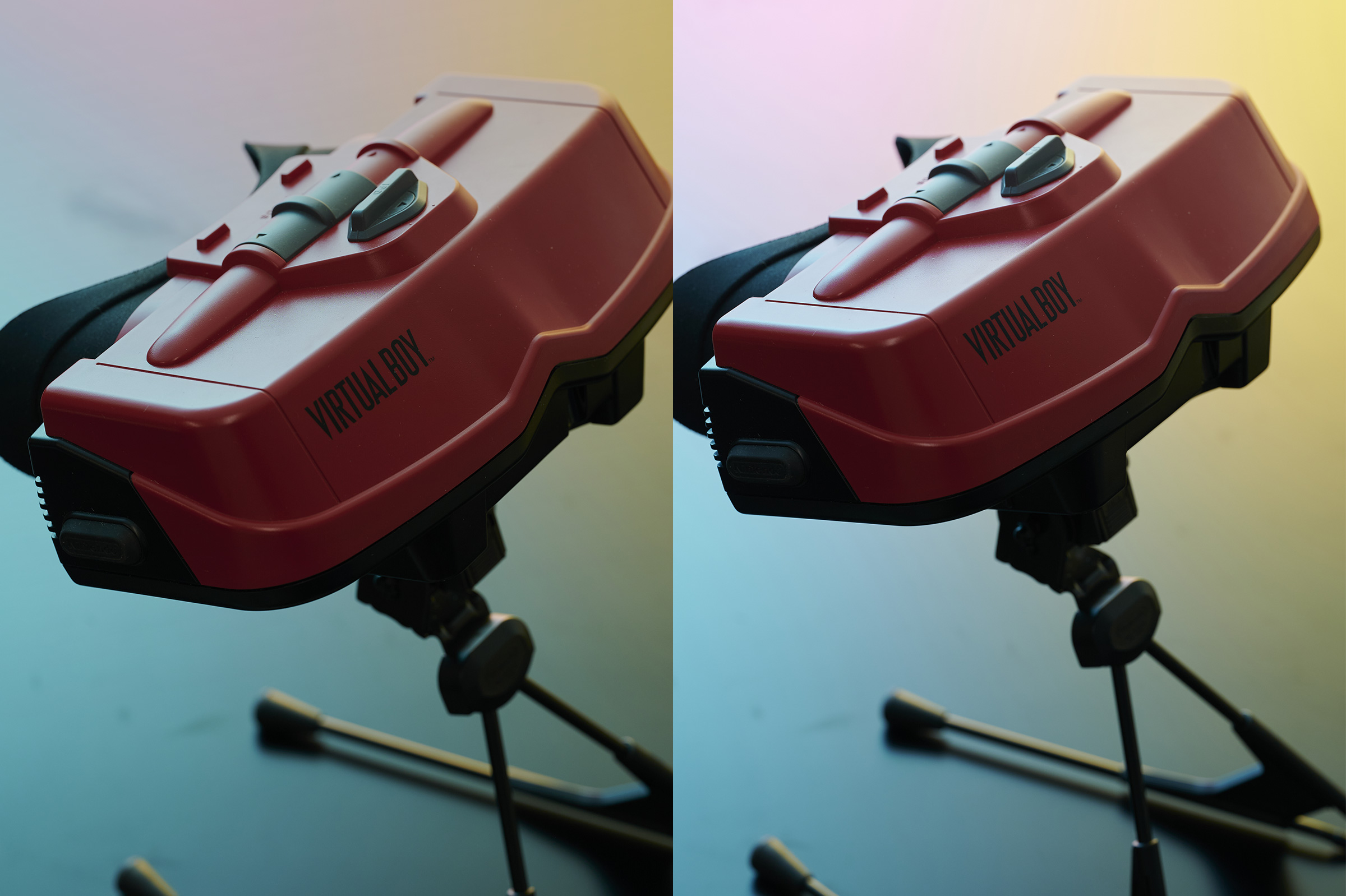STORY #1-2
Game creation is believing
in player’s creativity
Shuji Watanabe
Professor, College of Image Arts and Sciences
An encouragement of
“game dessin” that meets
the players’ inner wildness
Imagine you are playing a side-scrolling action game like Super Mario Bros., and an enemy is approaching you. Wouldn’t you, even if you are not specifically instructed to, almost reflexively press a button with one of your fingers to make a jump to step on it? If you don’t, you will be treated as having made a mistake, which may make you realize that you should have done so. But why is it that your body sometimes moves as if wanting to step on the enemy even when you don’t know any rules of the game?
“Have you ever played a game in which you can only step on the white sections of the pedestrian crossing?” asks Shuji Watanabe, an expert in game design. Although playing around pedestrian crossings is not advisable in real life, according to Watanabe, children tend to be attracted to the spacing between the white sections which offers them the optimal level of difficulty to play; it is a little hard to jump from one section to another, but it makes them feel good if they succeed. This game has no name, and is neither shared with anyone, nor theoretically talked about. It is simply triggered by a wild and arbitrary urge to “do so” that flares up within the playmaker. Watanabe says that it is the same mental state that makes player want to step on an enemy they encounter.
How are games created that bring out such “wildness of the player”? From Watanabe’s perspective, the binary understanding that creators create games and players play them is incorrect in many cases. “Many creators regard players as creators themselves,” Watanabe explains. It is the players who create the save files, and they can design their own alter egos with character make-up features. And apart from those visible acts of creation, the players discover play on their own without any specific instruction from the creator, just as when children try to jump from one white section to another on a pedestrian crossing.

On the contrary, Watanabe admits that many creators want to know why their games become popular. “When Professor Uemura joined Ritsumeikan University after retiring from Nintendo, his first research theme was ‘Why was the NES a great success?’ but he himself withdrew that question from the theme early on. I feel like this is how we should approach the game.”
According to Watanabe, in entertainment projects such as movies and television programs, they often determine the “theme of the work” referring to what is needed in the current era in light of the existing social situation. Game planning is not like that; it relies heavily on the experience of what has been popular in the past. “When we create games, we tend to look at games themselves and introspect because we don't know why they become popular. However, the essence of game design is not to emulate past successes, but to focus on and assist the player’s inner wildness.”
Watanabe says that what is important in game creation, that is, in the creation of play, is not the analysis of why it becomes popular, but the observation of the real world which he calls “game dessin.” Just as painters make sketches to train their observant eye, game creators need to observe what challenges humans focus on and react to. Whether a game is played online or is a multiplayer game, the “challenge” is always the player’s own creation, and the designer only assists it.”
A game with the appropriate difficulty level allows players to discover play and play comfortably without feeling guided. Even players who are not good at creating play can “create their own” by getting assisted. Watanabe says that this is a requisite for a good game, but he also admits that sometimes players create play that exceeds the creators’ expectations, and this is what makes game creation so intriguing. Although many creators hope that players will emulate the play they have designed, just as there is a word in the world of geido (Japanese performing arts) “shuhari (three stages of mastery: following the rules, breaking the rules, and making a step forward from the rules),” there are moments in the game world where players surpass creators and create new play. The discovery of tricks or the livestreaming of their game play is induced by the reversal phenomenon in which the player surpasses the creator. According to Watanabe, this tension between players and creators is one of the driving forces behind the development of games.
“‘It’s just play, but it’s still a big deal,’ this is the phrase that Professor Uemura often used when he was alive,” Watanabe recalls. “From the perspective of prehistoric humans, modern humans are all idle rich who have too much time on their hands. However, ‘games,’ which are one of the entertainment media that people with leisure use to fritter away their time with, are often based on the principle of wildness liberation.” The wildness in character that was common for prehistoric humans triggers the drive for modern humans to discover play. “Just a game” may show the way to the happiness that humanity seeks, which lays beyond technology.

- Shuji Watanabe
Watanabe Shuji - Professor, College of Image Arts and Sciences
- Research Themes: Basic research on game design; Research on game design and its application to other fields based on play modeling
- Specialties: Design; Kansei informatics; Entertainment and game informatics; Learning support system





























